Handwriting practice Normal Reading Worksheets for Ages 4-6
5 filtered results
-
From - To
Boost your child's reading and handwriting skills with our "Handwriting Practice Normal Reading Worksheets for Ages 4-6." These engaging worksheets are designed to teach young learners the foundational skills they need to excel in reading and writing. Each worksheet features fun, easy-to-follow activities that include tracing letters, matching pictures with words, and practicing proper letter formation. Perfect for parents and educators, these worksheets are an excellent way to support early literacy development while providing an enjoyable learning experience. Make reading and writing practice a delightful and rewarding daily habit for your child with our specialized resources.
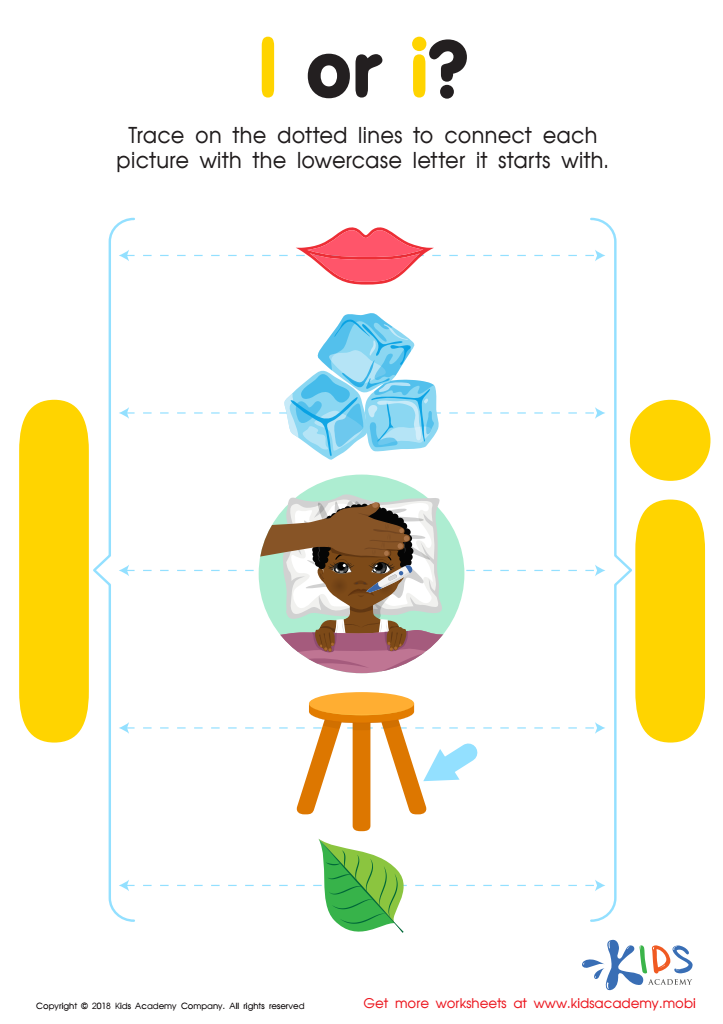

l or i? Worksheet


Chinese Word Tracing: Ni Hao Worksheet
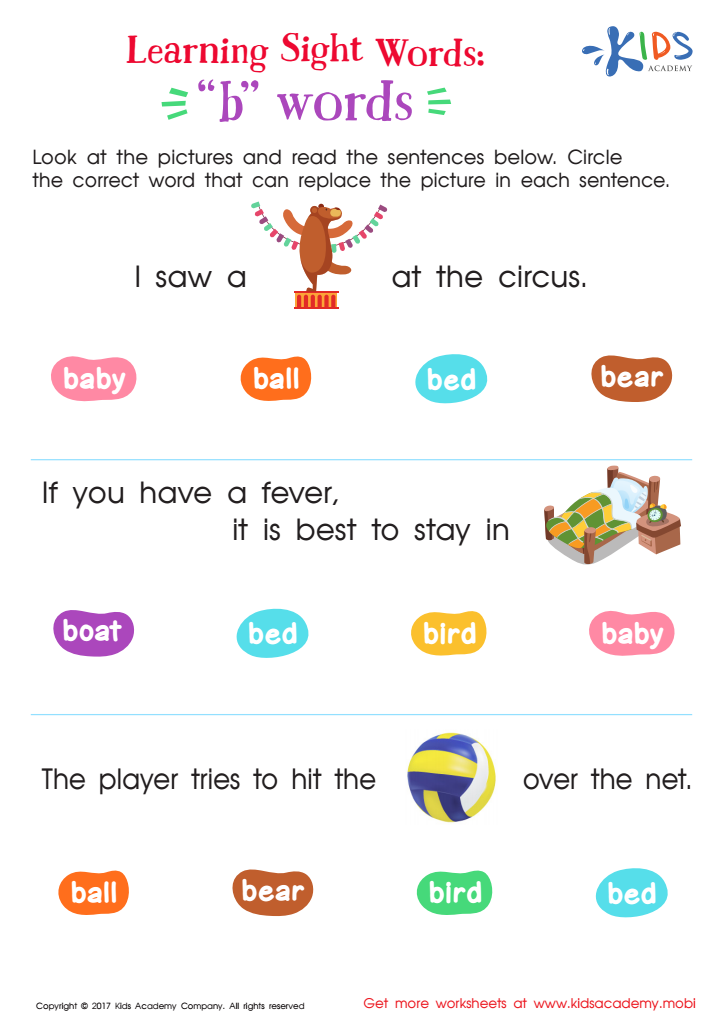

"B" Words Printable Sight Words Worksheet
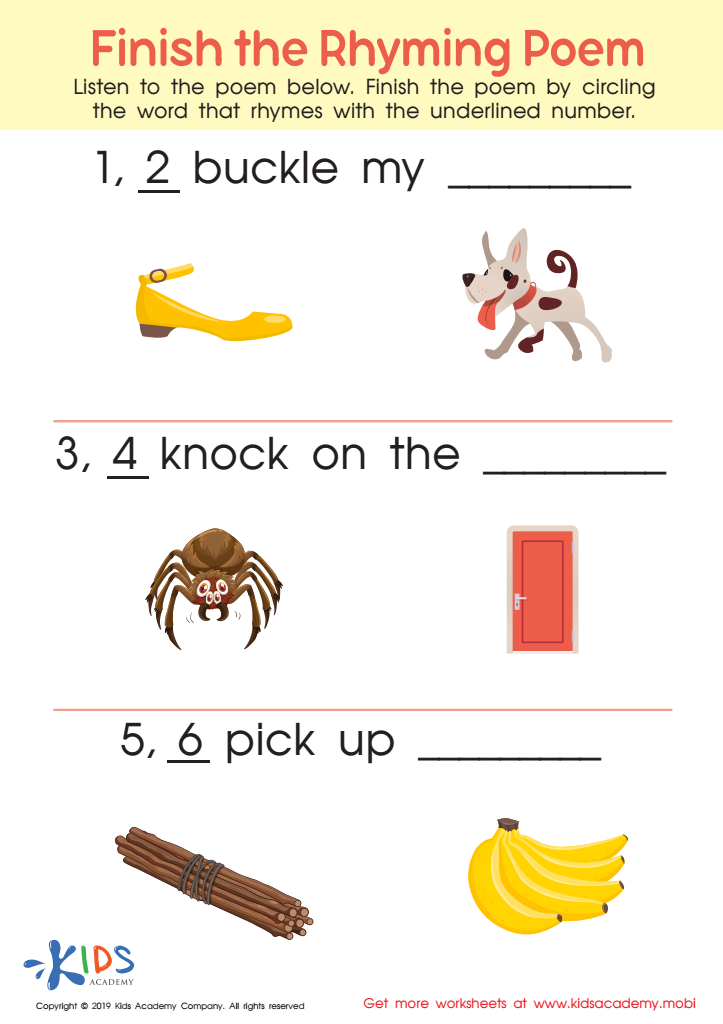

Finish Rhyming Poem Worksheet
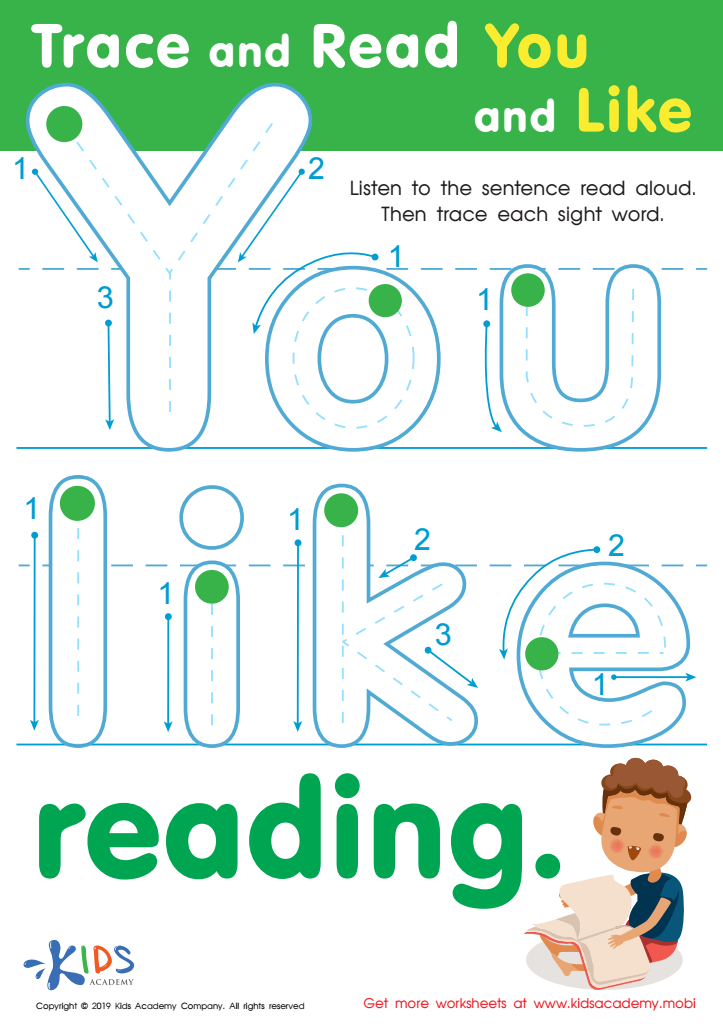

Trace Read You Like Worksheet
Handwriting practice and regular reading for children aged 4-6 are vital components of early childhood education that contribute significantly to a child's cognitive and motor development. Physically, handwriting practice helps fine-tune motor skills, enabling children to develop the hand strength and coordination needed for writing legibly. It assists in the mastery of letter formation, spacing, and alignment, which are essential for clear written communication. Moreover, the act of writing by hand fosters better memorization and learning of alphabets and words because the sensory experience involves a unique combination of cognitive and motor activities.
On the other hand, normal reading habits expand a child's vocabulary and comprehension skills. Engaging in regular reading helps children recognize written words and understand narrative structures, broadening their language abilities. It also stimulates imagination and improves concentration, laying a firm foundation for future academic success. Reading to young children can strengthen the parent-child bond and makes learning a joyful, shared experience. For teachers, incorporating consistent handwriting practice and encouraging regular reading in curriculum ensures that students develop these fundamental skills early on, setting a solid groundwork for advanced literacy and learning outcomes. Together, these practices ensure a well-rounded development crucial for lifelong education and personal growth.

 Assign to My Students
Assign to My Students





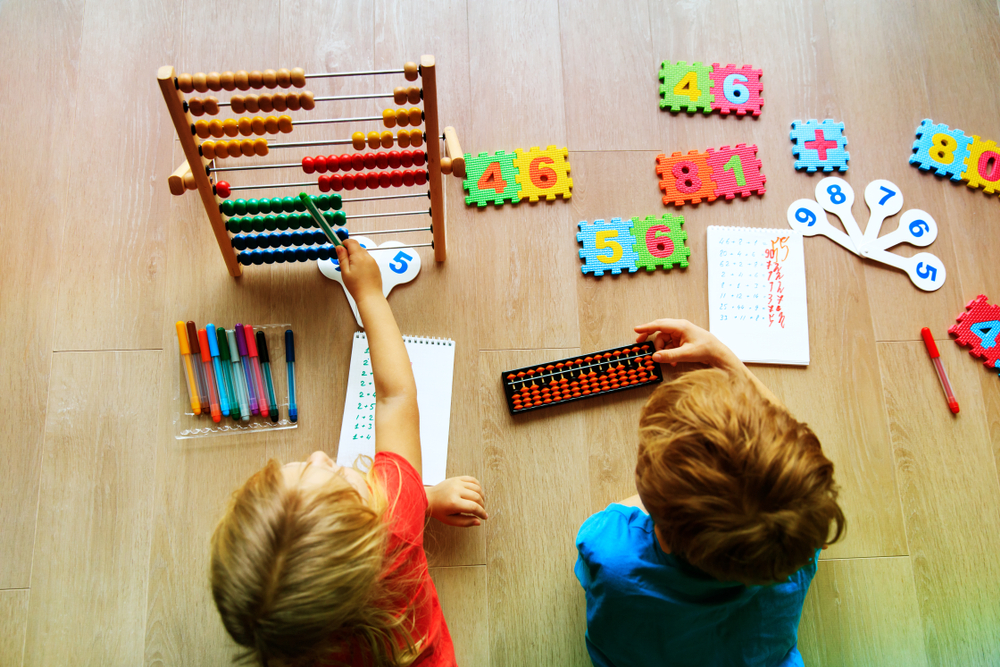



.jpg)











